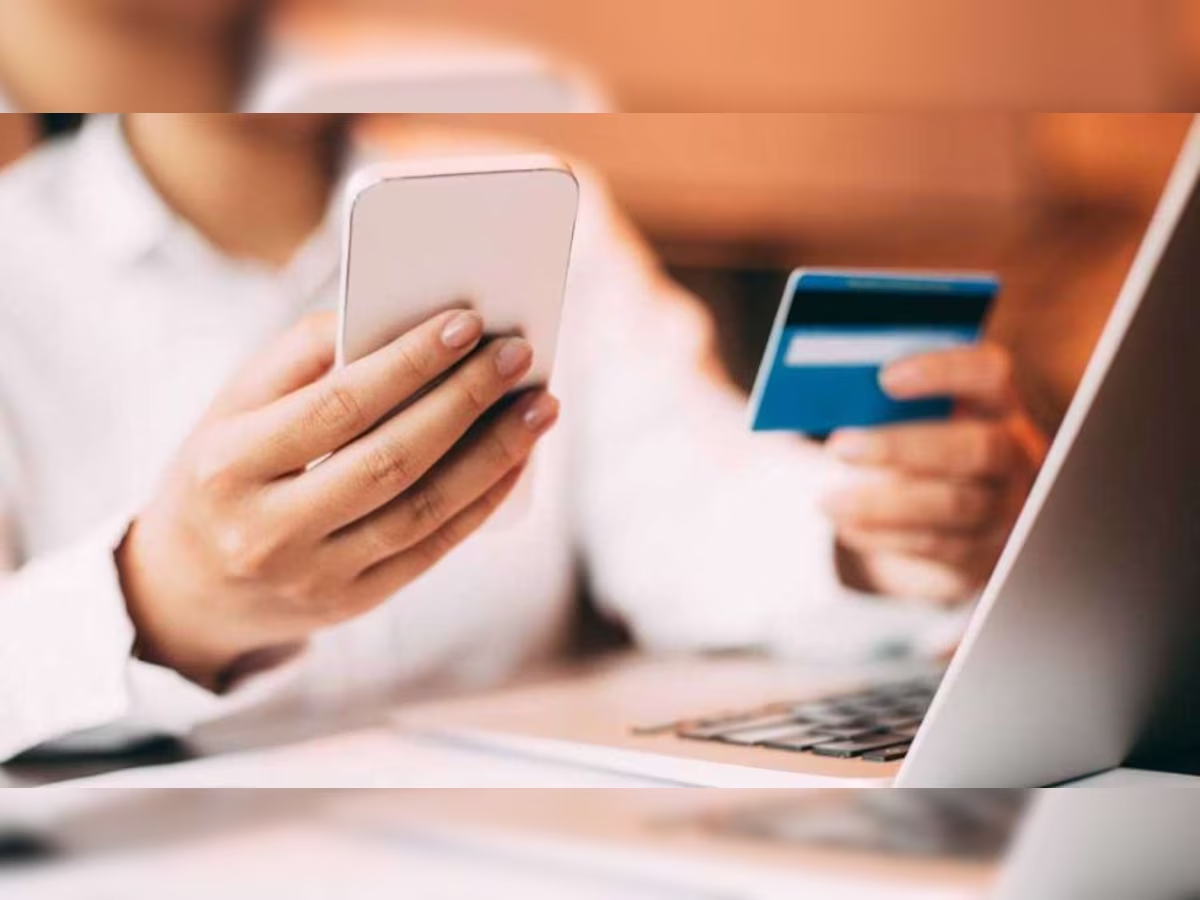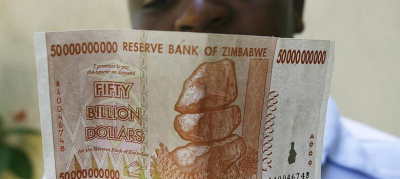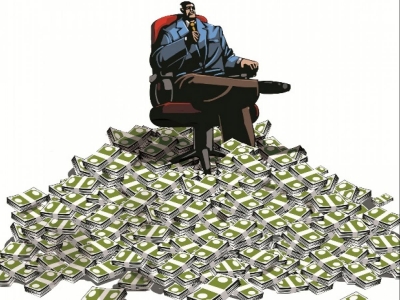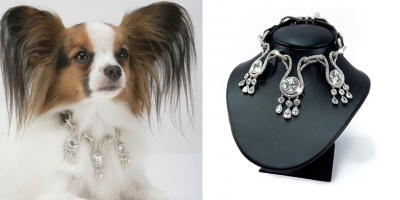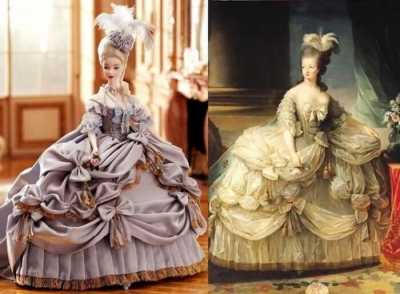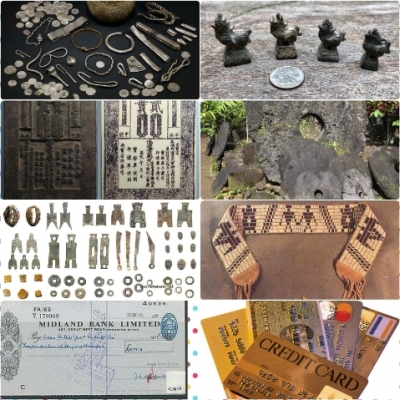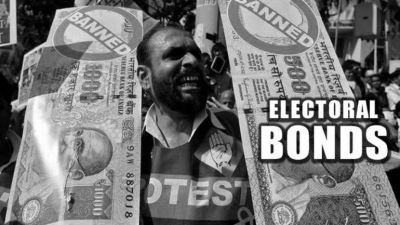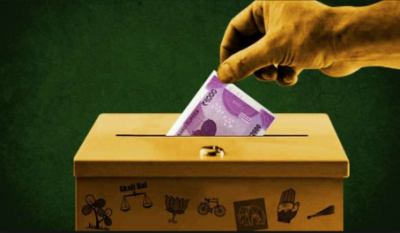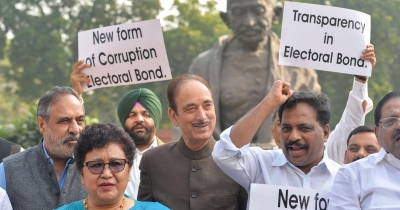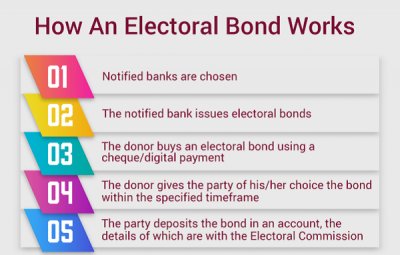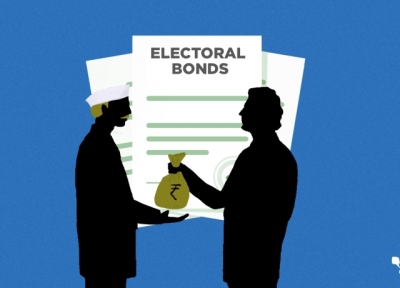
A lot of people think that the British pound is the oldest living currency in the world. There is enough proof they say. The Britishers took their currency across the world when they went looking for new places to trade in and colonise. Strangely, the pound originated in continental Europe. The word “pound” derives from the Latin word Libra for weight or balance. An ancient Roman unit of measure, Libra Pondo together stands for “a pound weight.” The word “Libra” no longer stands for the “pound”, but it has left its indelible mark in the symbol for the pound. You have the (pound) symbol, an ornate L, and the abbreviation for the unit of mass, lb.
Along with the Roman name, the Anglo-Saxons borrowed the sign, an ornate letter ‘L’. The crossbar came along later, indicating that it is an abbreviation, and a cheque in London’s Bank of England Museum shows that the pound sign had assumed its current form by 1661, even if it took a little longer for it to become universally adopted.
What about the word “sterling” for the pound? The coin was called the joachimsthaler, which was then shortened to thaler, the word then proceeded to spread around the world. Use of the word “sterling” came about after the Norman Conquest, and it originally referred to pennies not pounds. It perhaps came from esterlin, a Norman word for little star, or lesterling, an Arab word for money.
The value
The value of the pound originally was equated to the price of a pound of silver. A pound was divided into 20 shillings and 240 silver pennies. The Anglo-Saxon King Offa is credited with introducing the system of money to central and southern England in the latter half of the 8th Century. He minted the earliest English silver pennies that had his name embossed on them. These 240 pennies varied in weight together. So pounds and shillings were used as units for accounting.
The first pound coin appeared in 1489, under Henry VII. It was called a sovereign. The shilling was first minted in 1540. Banknotes began to circulate in England soon after the establishment of the Bank of England in 1694. They were initially hand-written. Gold coins were minted in 1560, and by 1672 some were made of copper.
The system of dividing the pound into shillings and pence was complex. So the government decimalized it in 1971.
Pound’s value through the ages
One pound could buy 15 head of cattle in the year 980 during the reign of King Aethelraed the Unready. From the 15th century to the year 2000, the pound’s value declined. Its purchasing power fell four-hundred-fold. In 1999, the House of Commons library concluded that between 1750 and 1998, prices had risen by about 118 times. In other words, you could buy more with a penny (decimal) in 1750 than what you could buy with a pound in 1998. The value of the pound came down after 1945.
In modern times, many attempts have been made to manage the pound, including the Gold Standard, the Bretton Woods system and the European Exchange Rate Mechanism. Now the value is determined by supply and demand.
The quality of the coins
King Henry I punished currency officials who did not make good-looking coins. Half minters in England got punishment for producing sub-standard or counterfeit coins in 1124. Henry II improved the quality of coins and in 1282, under Edward I, testing the purity of coinage was formalized in the “Trial of the Pyx”, an annual ceremony which contributes to this day.
The coins’ silver content had been reduced to 92.5% to improve durability. “Sterling silver” tells you how pure the silver is in the coin. Henry VIII drastically reduced the silver content of coins minted in his reign in what became known as the Great Debasement. But Elizabeth I restored its value in 1560. It remained so till the 19th Century.
For centuries, thieves clipped off the edges of the silver coins to make money. “Penny pinchers” really lived! They would pass off the rest of the coins for its original value. In the 1660s, minting of coins was mechanized, and features like edge lettering were introduced to stop the clipping. Today “penny pinching” is an idiom referring to those who cut down essential expenses to save money.
The pound has continued as independent currency, though Europe adopted a single currency, the euro.
Picture Credit : Google
